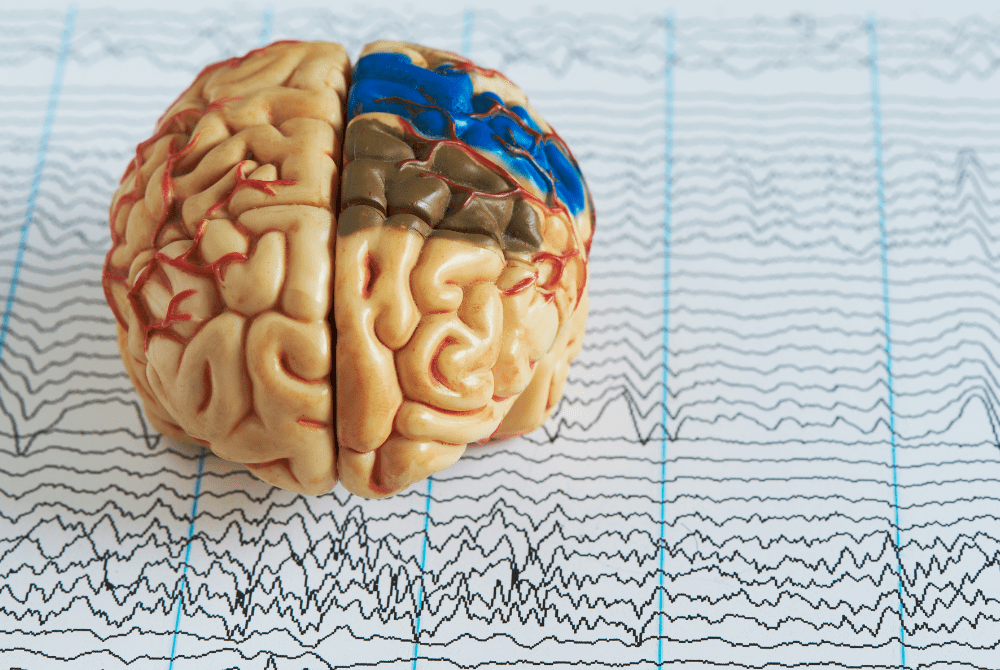Our brain works in mysterious ways and is designed to communicate with the other body parts to coordinate and receive smoother functioning signals. Sometimes, the brain cells’ neurons might not respond to the signs, and the communication between the brain and other parts of the body gets disrupted.
World Health Organization has marked separate days for some diseases to make us more aware and responsible about those conditions and manage them accordingly. International Epilepsy Day is one of those days when an understanding of epilepsy should be made deeply rooted in every individual to know the difference between a stroke or seizure.
Our heart and brain are essential organs in our body, regulating our system’s proper working and health. Presently, people suffer more from heart diseases, which directly or indirectly influence the brain’s functioning. Experiencing seizure is connected with a sudden electric activity inside the brain affecting the brain’s ability to function effectively.
The occurrence of seizures among patients with epilepsy is recurrent, increasing even more when a person is exposed to stress at a level that influences an epileptic patient more than anyone else. Recently, researchers have investigated more into this matter and proposed a method to stop the mechanism that could help reduce seizure due to stress.
The research was published in Science Signaling Journal and focused on developing a treatment that could help understand why epilepsy is triggering an effect on the brain via stress and increasing seizures in a person.
Neurologists explain that although avoiding stressful situations could lower the risk of seizure in an epileptic individual. Still, then it is not always possible, and this is where therapeutic alternatives set their foot.
In previous researchers, this factor could not be established, and hence there wasn’t any solution to it, but the present study tries to rectify this situation.
The Findings of Research
The research was conducted on the mice model with and without epilepsy to understand what exact activity occurs in the brain that triggers seizure in a patient with epilepsy. The researchers’ main aim was to focus on CRF (corticotropin-releasing factor) activity inside these mice’s brains to reach an inevitable conclusion.
CRF is a neurotransmitter that enables the communication between nerve cells regulating the behavioral stress response. The researcher’s main focus was to analyze the mice’s piriform cortex, the brain area where seizures occur in humans with epilepsy. The primary analysis was to see the effect of CRF in the piriform cortex.
After their analysis, researchers mentioned that in mice without epilepsy, the CRF did not show any activity inside the piriform cortex. In contrast, the mice with epilepsy had an increased activity level in their piriform cortex area by the CRF.
The investigation into these results leads the scholars to find out that CRF modifies the neuronal signaling in the brain by activating a protein known as a regulator of G protein that is responsible for signaling protein type 2 (RGS2), changing the communication between nerve cells in the piriform cortex causing an increase in seizures.
The researchers report the final understanding of how to cure this as inhibiting or blocking CRF activity that could help prevent seizures induced by stress or anxiety.




